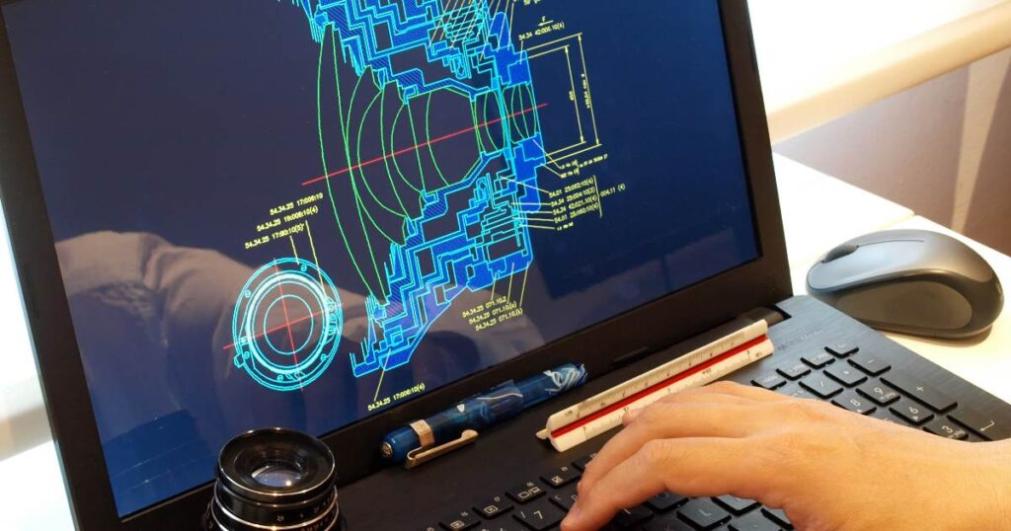How Can Reinforcement Learning Models Transform the Future of Architecture?
Reinforcement learning (RL) models are poised to revolutionize the architecture industry with their unique capabilities to learn from experience, adapt to changing environments, and optimize outcomes. This article explores the potential applications of RL models in architecture, highlighting their key advantages, challenges, and future prospects.

I. RL Models In Architecture
RL models can be applied in various ways to architectural design and construction, including:
- Optimizing Building Energy Efficiency: RL models can analyze building designs and operating conditions to identify energy-saving opportunities, leading to more sustainable and cost-effective buildings.
- Generating Design Alternatives: RL models can generate diverse and innovative design alternatives that meet specific criteria, such as aesthetics, functionality, and environmental impact.
- Improving Construction Processes: RL models can optimize construction schedules, resource allocation, and material usage, resulting in faster, more efficient, and safer construction processes.
The benefits of using RL models in architecture are numerous, including:
- Increased Efficiency: RL models can automate repetitive tasks, streamline workflows, and reduce the time spent on design and construction.
- Reduced Costs: RL models can optimize resource allocation and material usage, leading to cost savings in both design and construction.
- Improved Sustainability: RL models can help architects and engineers design buildings that are more energy-efficient, environmentally friendly, and responsive to changing climate conditions.
II. Key Advantages Of RL Models
RL models offer several key advantages in the context of architecture:
- Adaptability: RL models can learn from changing conditions and adjust their strategies accordingly, making them well-suited for dynamic and evolving architectural environments.
- Optimization: RL models can optimize various aspects of architectural design and construction, such as energy efficiency, structural stability, and cost-effectiveness.
- Automation: RL models can automate certain tasks and processes, freeing up architects and engineers to focus on more creative and strategic aspects of their work.
- Collaboration: RL models can facilitate collaboration between different stakeholders in the architectural process, such as architects, engineers, and contractors, by providing a common platform for decision-making.
III. Challenges And Limitations

Despite their potential, RL models face certain challenges and limitations in the context of architecture:
- Data Availability: RL models require large amounts of data to learn effectively, which can be a challenge in the architecture industry where data is often scarce and fragmented.
- Computational Complexity: Training RL models can be computationally intensive, requiring specialized hardware and software resources, which may not be readily available to all architects and engineers.
- Interpretability: The decision-making process of RL models can be complex and difficult to interpret, making it challenging to understand and trust their predictions, especially for non-technical stakeholders.
IV. Future Outlook And Applications
The future of RL models in architecture holds immense promise, with potential applications in:
- Generative Design: RL models can be used to generate novel and innovative design concepts that are beyond the capabilities of human designers, pushing the boundaries of architectural creativity.
- Real-time Optimization: RL models can be used to optimize building performance in real time, responding to changing conditions such as weather and occupancy, resulting in more efficient and responsive buildings.
- Autonomous Construction: RL models can be used to control construction robots and machines, enabling autonomous construction processes that are safer, faster, and more accurate.
RL models have the potential to revolutionize the architecture industry by transforming the way buildings are designed, constructed, and operated. By leveraging their unique capabilities, RL models can optimize building performance, enhance sustainability, and foster collaboration among stakeholders, ultimately shaping the built environment of the future.
YesNo

Leave a Reply